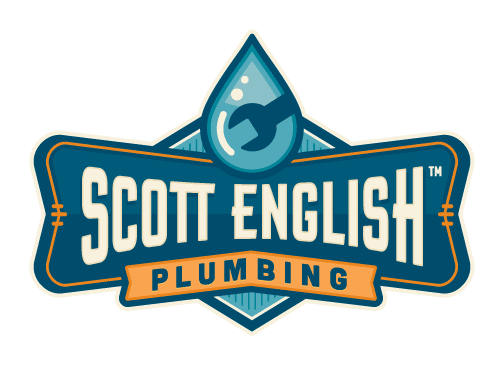How to Cut into Leaks
According to professional plumbers water leaks are extremely common complaints in average homes. Normally, worn out valves are the cause of water leaks or pinholes on plumbing pipes. Sometimes, overtightening connections can also result in cracking and eventually water leaks. Most of the time though, improper cutting of plumbing pipes can increase the possibility of water leaks happening. Fortunately, there are some things that can be observed when cutting water pipes to minimize the possibility of leaks. How do you do it?
Better Cutting
Achieving a leak-free connection becomes easier when the plumbing pipes are properly cut. It is important to realize before starting anything that cutting thin metal pipes like those used for P-traps can be very challenging. If you use a hacksaw, chances are the pipe would become deformed or completely mangled with the cut.
How do you do it? Making a proper cut requires inserting a section of wood closet rod or even a handrail in one end of the pipe that needs to be cut. One end should be wrapped with tape so that the inner size of the pipe get filled up to prevent it from getting deformed. You can now cut cleanly through the pipe and the wood.
Deburring the Cuts
Sometimes little do we realize that leftover burrs found at the end of plumbing pipes can cause problems resulting in leaks. Why? The burrs essentially can create channels within the cement as the fittings are pushed onto the pipe. Imagine little canals being created within the connections. This means that you fail to achieve a proper seal that will guarantee a leak-free plumbing.
Because of the lack of proper sealing, many of the connections may not stand up to the amount of pressure that will flow through your plumbing pipes. So what do you do to make sure that burrs do not give you headaches? The solution is pretty simple. Take a relatively sharp utility knife and just scrape away the burrs before joining the pipes or connecting it to the fittings. Be careful as you clean out the burrs to avoid cutting yourself or damaging the plumbing pipe.
Getting Tighter Cuts
How can you get tighter or bigger cuts while preserving a leak-free plumbing connection? Believe it or not, the proper way to cut larger sized plumbing pipes is to make use of an older and dull wood blade fitted into a reciprocating saw. This solution works great as well if you have to work in tighter spaces where tubing cutters cannot be brought in.
The more aggressive teeth of newer wood blades will grab the pipe and create a rattling effect that can damage the fittings. Metal blades on the other hand can damage and melt plastic piping materials instead of cutting through it. The use of dull wood blades is exceptionally successful especially when dealing with ABS pipes as you get a cleaner cut without chatter or melting. This results in a fairly leak-free connection.
Sealing the Pipe Ends
After you have achieved a clean cut on the plumbing pipes, the next step is to make sure that the ends are properly sealed. When working with ABS type plumbing pipes you have to know that it has a foam or cellular core that allows the air to pass through it. This is important because without proper sealing, air can escape through the porous center and go into the plumbing system.
What is the danger with this? When this happens, you can be sure that your home plumbing system will fail a pressure test every time. So you need to make sure that there is ample ABS cement applied to the ends of the plumbing pipes to create the necessary seal.
You need to know that all of these potential mistakes usually happen when the home plumbing goes through a do-it-yourself process. So to make sure that you cut through the problem of water leaks, call a licensed plumbing professional.
